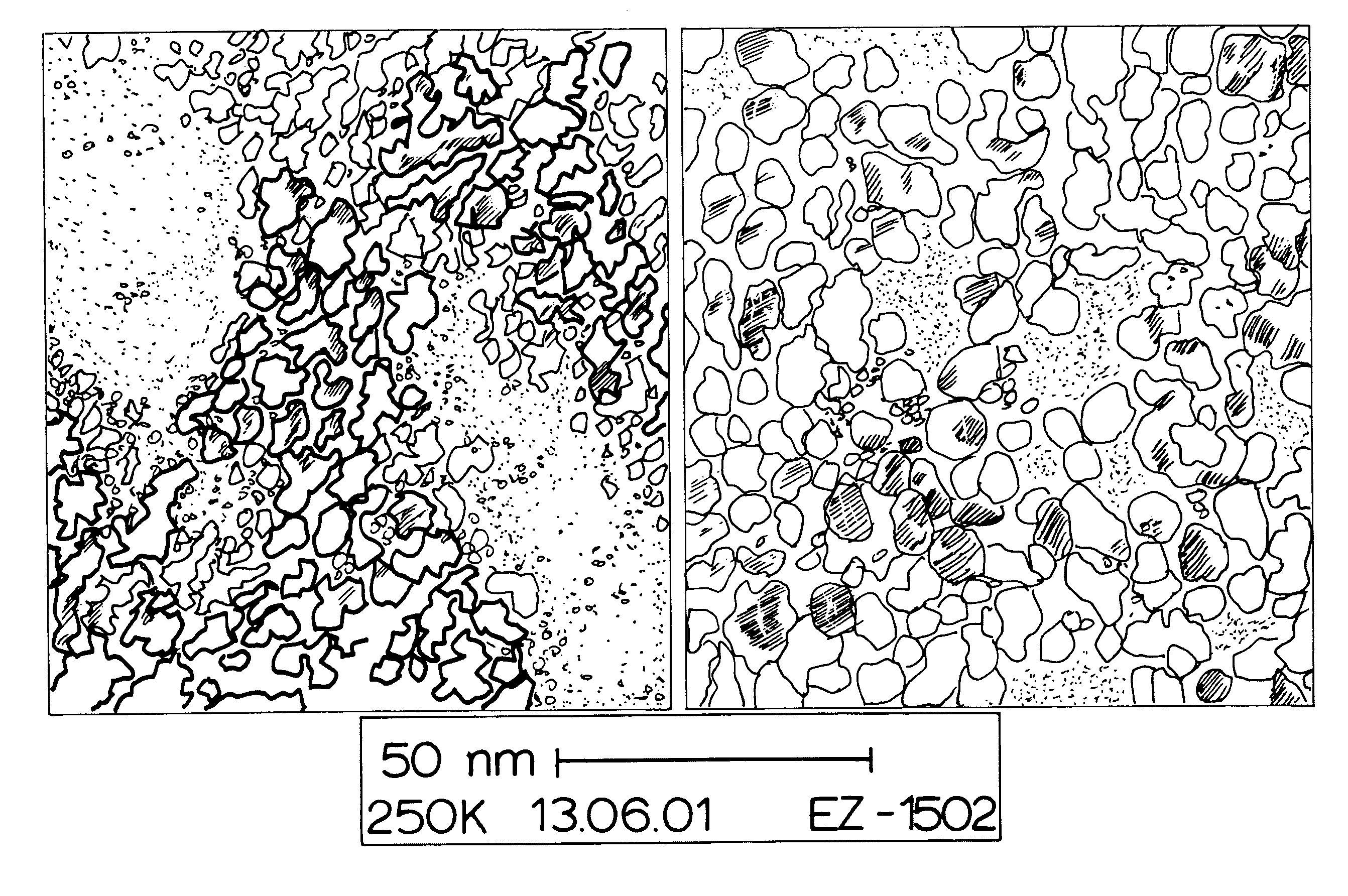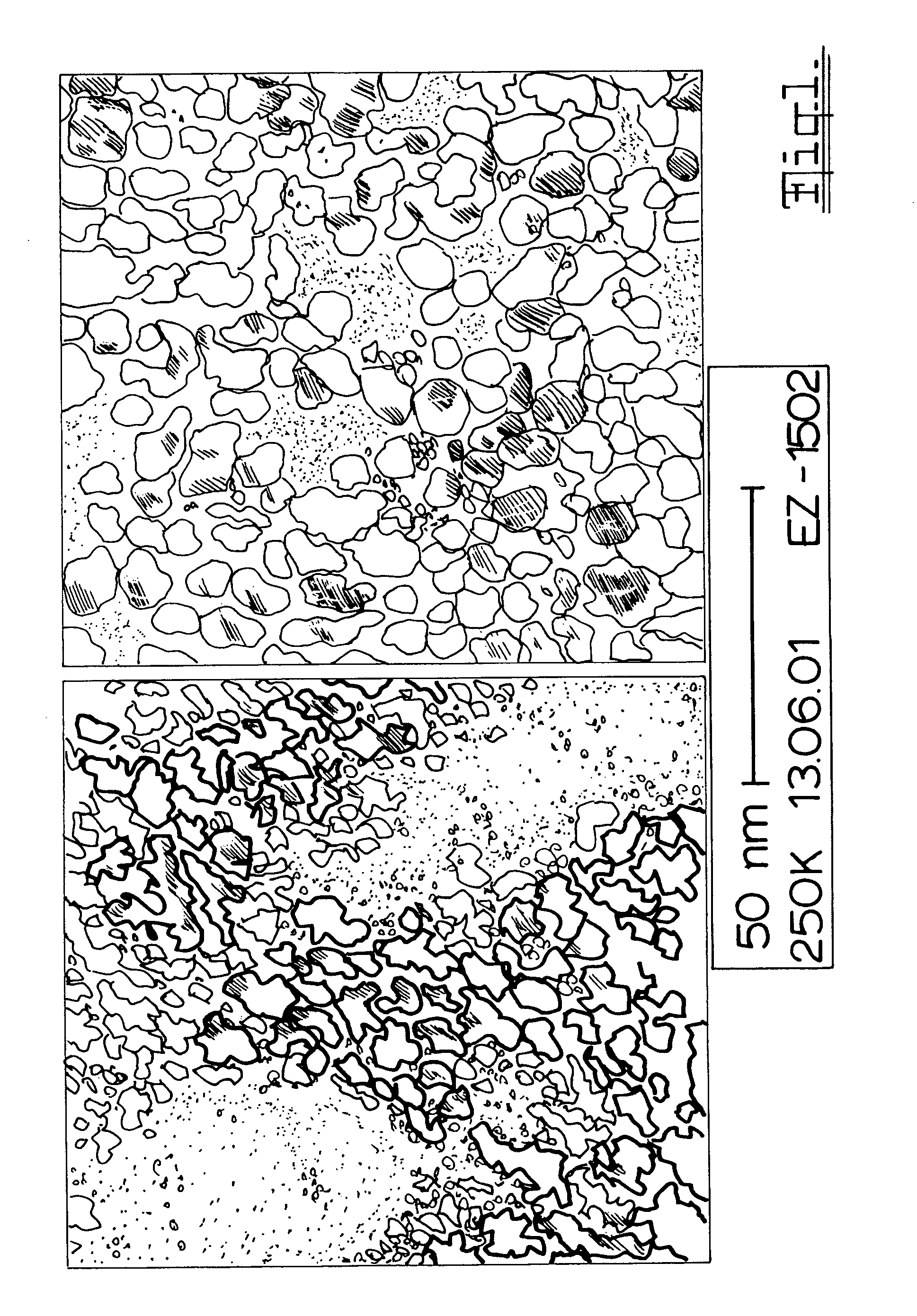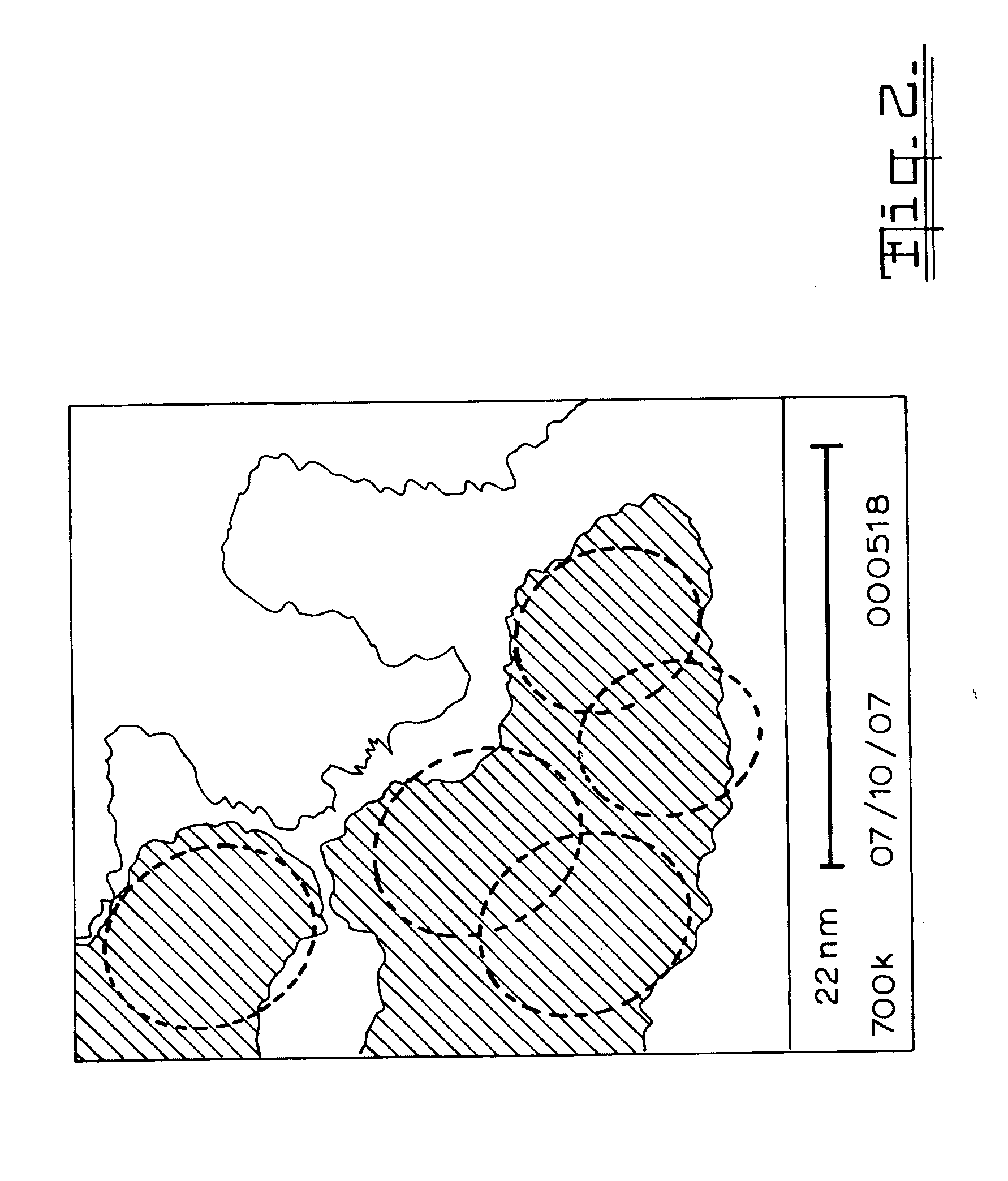Photo electrodes
a technology of photo electrodes and electrodes, which is applied in the field of photo electrodes, can solve the problems that the electron transport is often the limiting factor of the overall photocatalytic process, and achieve the effects of reducing the defect in the resultant structure, improving mechanical strength, and simplifying the fabrication process
- Summary
- Abstract
- Description
- Claims
- Application Information
AI Technical Summary
Benefits of technology
Problems solved by technology
Method used
Image
Examples
example 1
[0064]Fabrication of Photoanode
[0065]Materials
[0066]Indium Tin Oxide (ITO) conducting glass slides (5-15 ohm / square) were commercially supplied by Delta Technologies Limited (USA) and used for the conducting substrate. Titanium butoxide (97% purity, Aldrich) and was used as received. All other chemicals were of analytical grade and purchased from Aldrich, unless otherwise stated. All solutions were prepared using high purity deionised water (Millipore Corp., 18 Mohm / cm).
[0067]Synthesis of TiO2 Sol
[0068]Step 1: Synthesis of TiO2 Colloids
[0069](1) Mixture A is prepared by adding 2.0 ml of concentrated HNO3 into 300 ml of distilled water in a 500 ml specially designed Erlenmeyer flask.
[0070](2) Mixture B is prepared by adding 8.0 ml of propan-2-ol into 25.0 ml of titanium butoxide.
[0071](3) Hydrolysis is carried out by drop-wise adding Mixture B into Mixture A under vigorous stirring conditions. The hydrolysed Titania Solution C is the resultant white slurry.
[0072](4) Pec...
example 2
[0127]Breath Figure Method
[0128]Materials
[0129]Indium Tin Oxide (ITO) conducting glass slides (8 ohm / square) were commercially supplied by Delta Technologies Limited (USA) and used for the conducting substrate. Polystyrene monocarboxy terminated (CTPS, MW=30,000) was purchased from Science Polymer Inc and used, as received. Titanium tetraisopropoxide (TTIP, 97%) and chloroform (99%) were obtained as commercial products from Sigma-Aldrich. All other chemicals were of analytical grade and purchased from Aldrich unless otherwise stated. All solutions were prepared using high purity deionised water (Millipore Corp., 18 Mohm / cm).
[0130]Synthesis Procedures
[0131]FIG. 7 schematically illustrates the preparation and transformation of a 3D honeycomb architecture hybrid film of monocarboxy terminated polystyrene (CTPS) and titanium tetraisopropoxide (TTIP) into a pure TiO2 film. The breath figure templating method was employed to create a large 3D honeycomb architecture.
[0132]Step 1: Preparati...
PUM
| Property | Measurement | Unit |
|---|---|---|
| Time | aaaaa | aaaaa |
| Time | aaaaa | aaaaa |
| Time | aaaaa | aaaaa |
Abstract
Description
Claims
Application Information
 Login to View More
Login to View More - R&D
- Intellectual Property
- Life Sciences
- Materials
- Tech Scout
- Unparalleled Data Quality
- Higher Quality Content
- 60% Fewer Hallucinations
Browse by: Latest US Patents, China's latest patents, Technical Efficacy Thesaurus, Application Domain, Technology Topic, Popular Technical Reports.
© 2025 PatSnap. All rights reserved.Legal|Privacy policy|Modern Slavery Act Transparency Statement|Sitemap|About US| Contact US: help@patsnap.com



